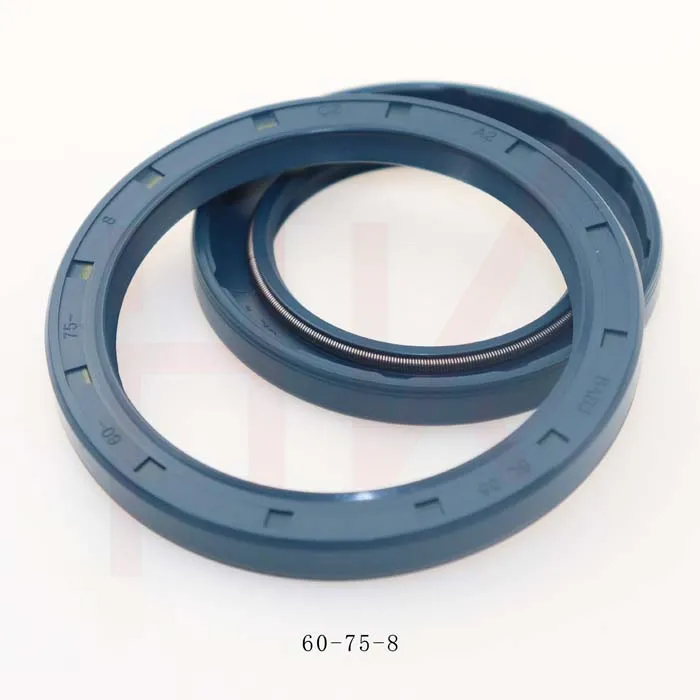Oct . 13, 2024 17:50 Back to list
Hydraulic Cylinder Seal Kit Installation Guide for Optimal Performance and Reliability
Hydraulic Cylinder Seal Kit Replacement A Comprehensive Guide
Hydraulic systems are essential in numerous industrial and construction applications, providing reliable and efficient power for lifting, pressing, and moving heavy loads. However, to maintain optimal performance, it is crucial to regularly inspect and replace seal kits within hydraulic cylinders. In this article, we will explore the significance of seal kits, the signs indicating a need for replacement, the process of replacing them, and the benefits of proper maintenance.
Understanding Hydraulic Cylinder Seal Kits
Hydraulic cylinders are devices that rely on pressurized fluid to create linear motion. Seal kits are critical components of these systems, as they prevent the hydraulic fluid from leaking and ensure that the cylinder operates smoothly. A seal kit typically comprises various seals, O-rings, and backup rings made from durable materials such as rubber, polyurethane, or Teflon. These parts work together to create a tight seal that withstands high pressure, temperature fluctuations, and the chemical composition of hydraulic fluids.
Signs Your Seal Kit Needs Replacement
Recognizing the signs of a failing seal kit is essential for maintaining the efficiency of your hydraulic system. Common indicators include
1. Leaking Fluid One of the most obvious signs of a failing seal is hydraulic fluid leaking from the cylinder. This not only reduces system efficiency but also poses safety hazards.
2. Decreased Performance If your machinery is struggling to lift or move loads that it previously handled effortlessly, worn seals may be the culprit.
3. Increased Noise Unusual noises such as whining or grinding can occur when seals fail, leading to a potential breakdown if not addressed promptly.
4. Visible Damage Inspect the seals for wear, cracks, or other visible damage. Physical inspection can often reveal issues before they lead to more significant problems.
5. Contamination If dirt or debris is found in the hydraulic fluid or around the cylinder, it may indicate that the seals are no longer providing adequate protection.
The Replacement Process
Replacing a hydraulic cylinder seal kit can be a straightforward task if executed carefully. Here’s a step-by-step guide
hydraulic cylinder seal kit replacement

1. Gather Tools and Materials You will need a new seal kit, a wrench set, a piston rod puller, clean rags, and hydraulic fluid. Ensure you have the correct seal kit specific to your cylinder model.
2. Safety First Before starting, ensure that the hydraulic system is depressurized. Disconnect the power source, and use safety goggles and gloves to protect yourself from potential leaks.
3. Remove the Cylinder Disconnect the hydraulic cylinder from its mounting brackets and remove any hoses, taking care to capture any leaking fluid.
4. Disassemble the Cylinder Using a wrench, carefully remove the cylinder end cap. Secure the piston and rod with a puller to avoid damage during removal.
5. Replace the Seals Once the piston is accessible, remove the old seals. Clean the cylinder interior thoroughly to remove any debris. Install the new seals from the kit, ensuring they are seated properly.
6. Reassemble the Cylinder Carefully reattach the piston and end cap, taking care to avoid cross-threading. Ensure that all components are securely fastened.
7. Reconnect and Test Reinstall the cylinder, reconnect hoses, and start the system to test for leaks. Carefully monitor the operation to ensure smooth performance.
Benefits of Regular Maintenance
Routine inspection and replacement of hydraulic cylinder seal kits yield numerous benefits
- Increased Longevity Regular maintenance helps extend the life of your hydraulic system, reducing the frequency and cost of repairs.
- Enhanced Performance Well-maintained seals ensure consistent efficiency and reliability in operations, minimizing downtime.
- Safety Preventing leaks and system failures enhances workplace safety for operators and surrounding personnel.
In conclusion, maintaining hydraulic cylinder seal kits is an integral part of ensuring optimal performance and longevity of hydraulic systems. Recognizing the signs of wear and taking prompt action can save time, money, and enhance safety on the job site. When in doubt, consult with a professional for assistance and always prioritize regular maintenance to keep your hydraulic equipment running smoothly.
-
TCN Oil Seal Metal Ring Reinforcement for Heavy Machinery
NewsJul.25,2025
-
Rotary Lip Seal Spring-Loaded Design for High-Speed Applications
NewsJul.25,2025
-
Hydraulic Cylinder Seals Polyurethane Material for High-Impact Jobs
NewsJul.25,2025
-
High Pressure Oil Seal Polyurethane Coating Wear Resistance
NewsJul.25,2025
-
Dust Proof Seal Double Lip Design for Construction Equipment
NewsJul.25,2025
-
Hub Seal Polyurethane Wear Resistance in Agricultural Vehicles
NewsJul.25,2025
-
The Trans-formative Journey of Wheel Hub Oil Seals
NewsJun.06,2025
Products categories
















